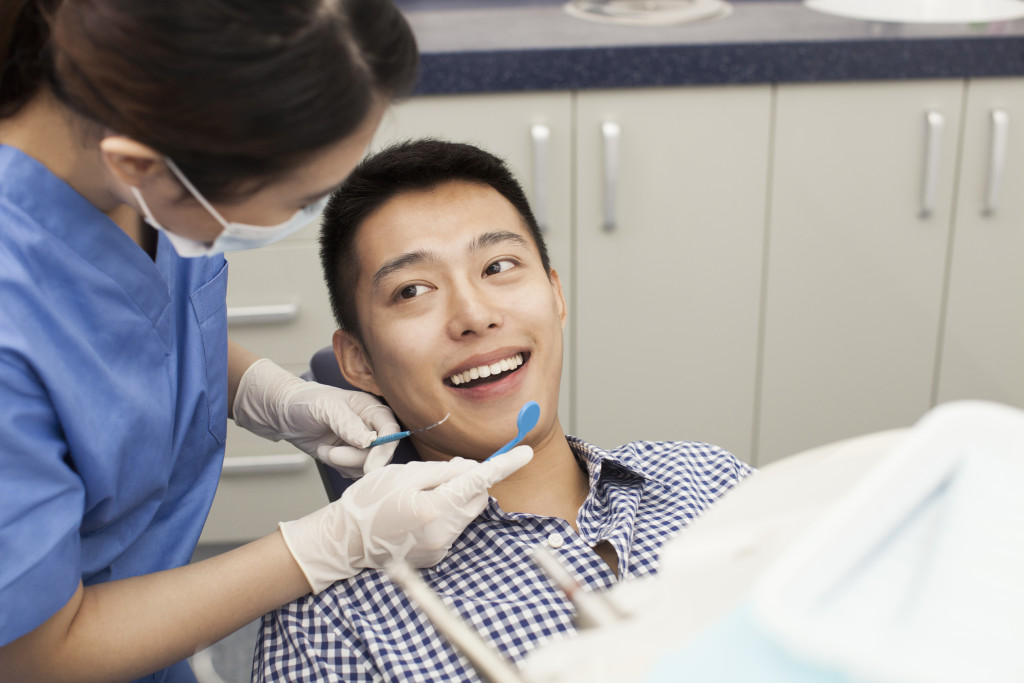Dentistry has come a long way in the last couple of decades. Removable aligners were the most significant innovation, but the technology used across almost all industries is ready to make its mark. 3D printing has multiple applications in dentistry and is currently revolutionizing how dentists approach treatment and education.
3D printing has the most potential to transform the dental industry. The technology is developing rapidly, and as more manufacturers become involved in development and production, we are seeing a wider spread of 3D printers being used across diverse industries. The prices of 3D-printing machines are becoming low enough to make it viable for private clinics to utilize technology.
Tooth replacements
At the moment, 3D printing can be used in the mid-process of fitting in dental implants. A new dental implant cannot be fitted immediately in the space where once there was a tooth. This is primarily for two reasons:
- It takes time for the titanium screw to properly attach to the jaw tissue before a crown is placed.
- It takes maybe, a couple of weeks for the replacement tooth or crown to be made in a lab
Although it is now possible to create replacement teeth in one day, we are still in the early days of the technology, and though advances are being made, we are not at the stage where it is easily done and readily available. We are still at the stage where 3D printing is most viable to create temporary crowns that will be replaced by permanent ones. However, there is not much doubt soon that we will be able to manufacture better quality crowns in a fraction of the time they take to make now.
 Aligners
Aligners
Where 3D technology has made an immediate change in the industry is in the production of aligners and night guards. Aligners no longer need to be semi-permanently fixed to the teeth like traditional braces. They can be removed when eating or when you need to clean your teeth. Similarly, night guards and gum shields do not need to be a permanent fixture in the mouth. They are respectively removed in the morning when the wearer is more in control and will not grind their teeth or when the sporting activity is done.
Highly accurate jaw and teeth models
Perfect models of the jaw and teeth placement of patients can now be made much more quickly, allowing a dentist to assess a patient’s oral structure fully. This can also help patients who are unfamiliar or unable to grasp imaging, gain a better understanding of what a particular treatment will mean for them.
Models are also a quick and easy way to improve the education of future dentists, giving them training in the new technology and advancing methodologies of oral treatment.
The future will see an increase in the speed of production of the parts and tools used in dentistry. We should also see advances in the quality of the materials that can be used to create these tools and parts. Automation and AI still have some way to go before it replaces your friendly dentist, but the boom will undoubtedly help them in 3D printing.






